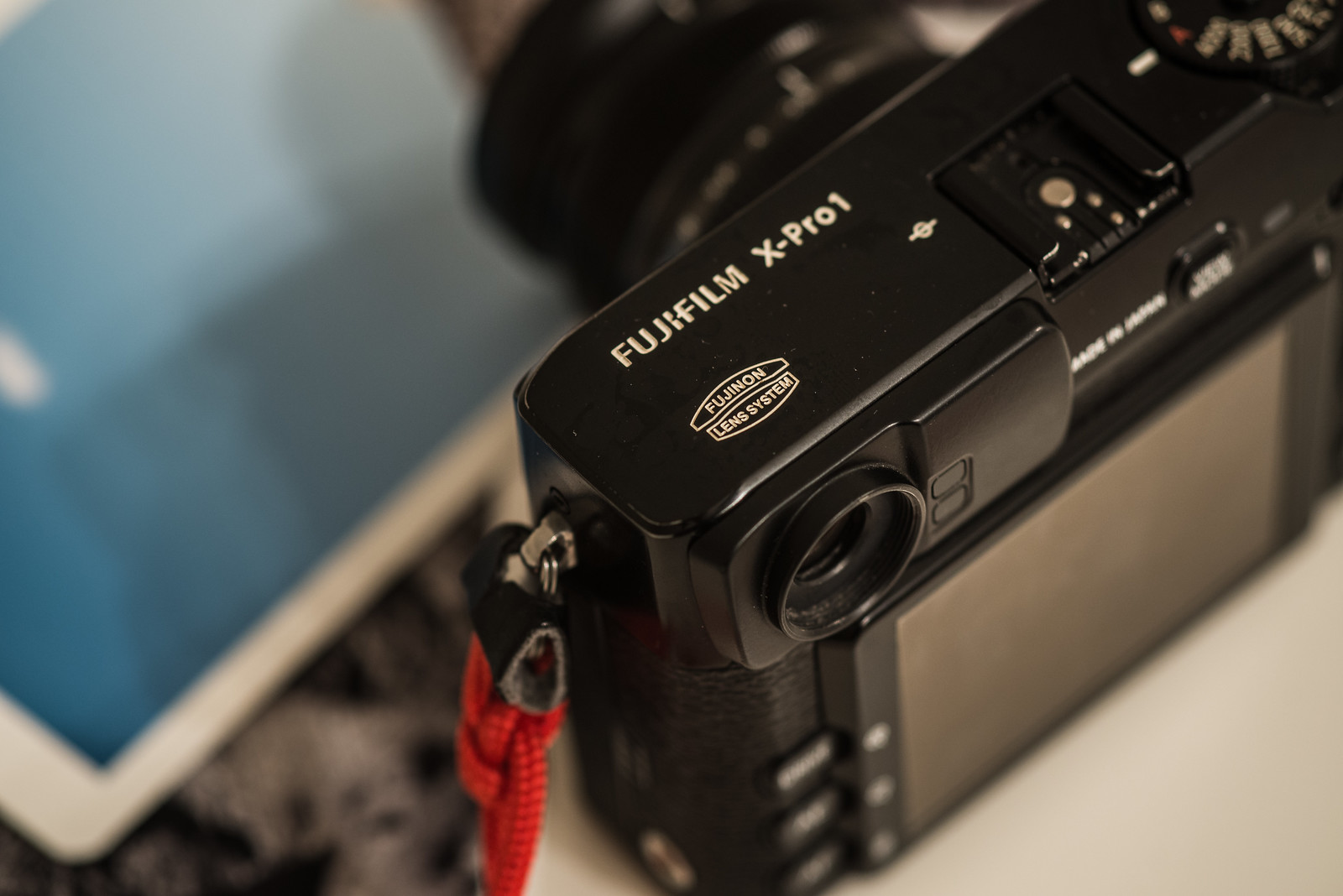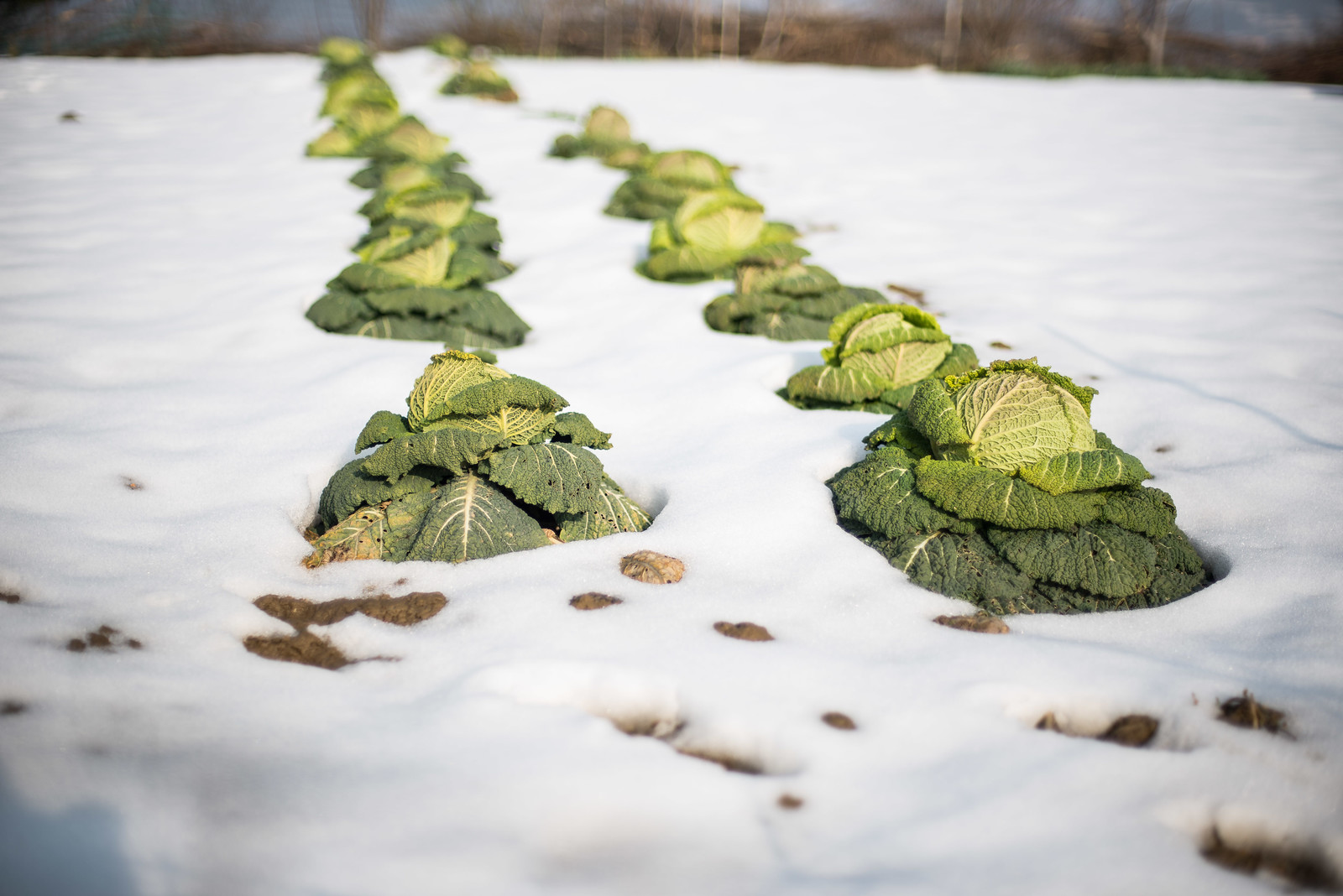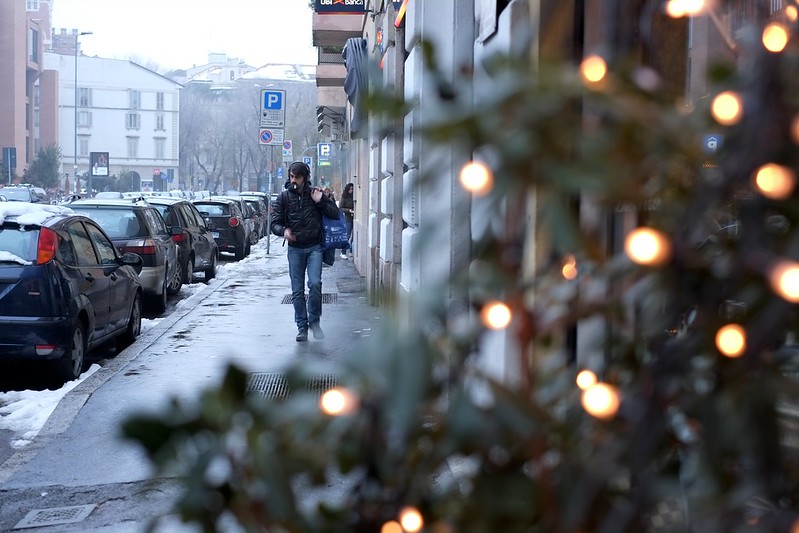I promised to update my notes on what I defined “my final camera”.
So that’s what I want to do in this very short post.
Yes, the Fuji XT2 is still my main camera. The newest iteration (XT3) is not interesting to me. Nothing that has come out in the photographic world has been interesting to me, to be honest.
I have only slightly updated my lenses, selling the 55-200mm and replacing it with the lower-spec, ultra-cheap 50-230mm f5.6-6.3. The reason? I was often getting slightly fuzzy photos with the supposedly “great” 55-200, something that I have never experienced with the other tele-zoom I used to have on Nikon, another mid-range lens (70-300mm). Maybe it was a slightly defective unit, but I told myself, for how much I use these kind of lenses, let me try the plastic-fantastic 50-230mm; I bought it (new!) for around 160 Euros. And guess what? The optical stabilization works better than on the 55-200m (never had a fuzzy photograph), and overall the quality of the shots are on par with the more expensive Fuji lenses I have. Plus it’s so much lighter!
more ...This is it, my final camera. Meaning that for the next foreseeable future I’m sticking to this camera, no matter what. This decision comes after a year where I have tried many different tools, perhaps driven by the lack of a true photographic project in my mind (and yes, the usual lust for new shiny things that affect all men).
more ...That’s the Nikon D850 I’m referrring to. But it can also mean the Fuji medium format GFX’s sensor, or any of the latest Sony full frame mirrorless.
Anyway, the point is that I played with a couple of raw files from a D850 and the experience left me cold. I distinctly remember when I first saw what my Nikon D600, my first full-frame camera, could do. I was upgrading from a D7000 with smaller APS-C sensor, and the richness and modulability of the files blew me away. How easy it was to extract the colors I wanted from the raw files; the amount of information hidden in the blacks; the endless possibilities!
Back to the D850. My friend Daniele rented the camera and some of the best lenses available (Sigma primes; the 50mm f/1.4 and the 14mm f/1.8), went for a trip and then sent me a few files.
more ...I think that camera reviews should be written either within 3 months from initial purchase or after a much longer time, like 5 years maybe. After a few weeks of use, any average photographer would know by heart button locations, quickly change the camera settings, know what’s the highest ISO and the minimum usable shutter speeds, how the autofocus works and so on. And obviously shot a few hundreds photographs in different locations and situations.

After this initial period, he is either using the camera (and enjoying it) or decided to look elsewhere. And if he continues to use that camera, he starts to find loopholes, alternative ways to go around certain defects, until he no longer remembers what was the problem in the first place — and the longer way to accomplish a task becomes the norm.
more ...The long Norwegian September is a period of the year when I’m still very much in holiday-mode, with my skin still burning from the southern italian sunshine, and at the same time dreading the dark winter ahead. It is a period when my congenital hatred for office life and rituals reach the highest peak; it is a period where all these first-world problems are channeled into the research of a new camera to play with1.
My trusted (and hypothetical) readers know that I have a subdued (and long-standing) attraction for Leicas. Prices and other factors have so far kept me from going that crazy route; perhaps one of these factors is Fuji, a historical brand that, a few years ago, pulled out of the blue a series of cameras and tools that rival Leica in terms of pure appeal (and probably destroys it if we consider the price/performance ratio). This is why I bought a second-hand Fuji X-Pro1 with a 35mm f/2 lens (smaller and faster than the iconic 35/1.4). All for the outrageous price of six-hundred euros. Compare to the cost of a brand new X-Pro2 or XT-1 before commenting on the stupidity of buying a 4-years old camera.
more ...I wanted to get a Leica this time. For real.
You know Leica: stupidly expensive cameras that are more likely to be kept in a closet or worn like a piece of jewellery than actually used (it wasn’t like that before, when actual journalists back in the fifties used it as a fast, robust little camera to be used in the field).
Anyway, even if now they seem to be more of a fashion statement, I have always liked the impression of solidity, their simplicity, and that funky way of setting the focus1. But I would have never considered one for real if I had not played with the original Monochrom; that really changed something, the simple pleasure of using and holding this rather large, deceiptively simple and “dense” camera changed somehow my perception of Leicas. I will be honest and declare it right now that none of this matters when it comes to photography; but I’m talking about something else here, I’m talking about very elementary pleasures that are tangentially related to the actual making of photographs; the same pleasure that I get from using bycicles or a Faber-Castell pencil for example.
more ...I have had this Nikon FM2 lying around in my house for some time now. It has not seen much action though.
You see, I started taking photos when I was sixteen or seventeen with a Yashica FX3, and I don’t really have any kind of nostalgia for those times when I had to wait days before realizing I missed a certain shot, or that I focused on that insignificant detail behind my subject.
But this Nikon is a lovely piece of metal, so I said to myself, let’s put some film in and give it a go. After a few half-assed attempts using expired film, I loaded a roll of Fuji Acros 100 back in September 2014, shot with it on a couple of occasions, and a couple of weeks ago I finally got it developed.
more ...First things first: it’s not at all a D7000 with a large sensor inside!
If that’s the impression you have from reading the rants in the dpreview forums, well it’s wrong. And you should stop reading those forums (I know, I should too! It’s just that sometimes something really clever comes up like the Dot Tune workflow to do AF fine tuning on Nikon DSLRs).

It’s actually a bit larger, not uncomfortably so however; it’s still sized very reasonably, but it’s more squat than the D7000 probably because it needs to accomodate that wonderfully large viewfinder. The overall feel is of a tougher and more grown-up camera than the D7000 (and the D7000 in my opinion is a perfectly mature body, a perfect compromise between the small and plasticky D3xxx/D5xxx and the hulky D700/D3/D4).
more ...It might be quirky and it might be cool but I would argue this is something which should not appeal to anybody apart from facebook photographers.
I’m talking about the 15mm Olympus body c(r)ap lens.
The reasons are two:
- judging from the shots which you can see …
